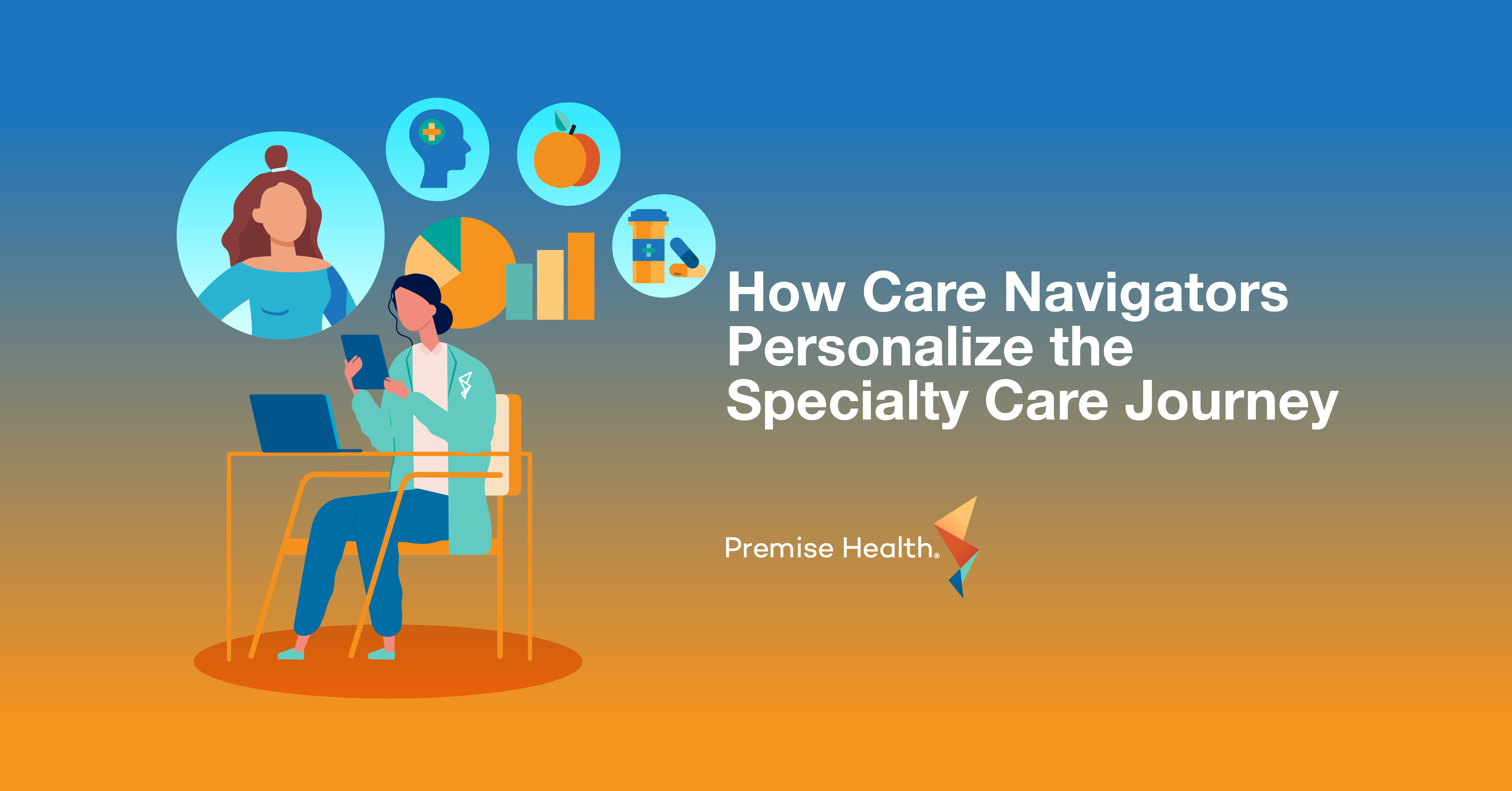What’s an EAP? Helping Employees Access this (Underutilized!) Benefit
What is an Employee Assistance Program? It’s a common question – In fact, many employees don’t know what an EAP is or realize they have access to one. This offering, which supports overall employee wellbeing, has huge benefits. By providing services to help team members work through personal issues, it ensures employees feel supported in their wellbeing journeys both in the office and at home – Something that is top of mind for organizations who recognize their people are their greatest assets.
As an HR professional, you can help employees make the most of their EAP benefit. Check out the overview below of what an EAP is, what it can offer, and how to communicate that important information to your teams.
What is an EAP?
An EAP is a work-based intervention program designed to identify and assist team members in resolving personal problems that could adversely affect work performance. The primary goal of an EAP is to support employees’ and covered dependents’ wellbeing, so they remain productive, healthy contributors to the growth of the company.
EAPs are designed to help employees mitigate stress created by issues including:
- acute, stress-related illnesses
- drug and alcohol addictions
- family-related stress
- grief
- parenting challenges
- marital problems
- depression
- anxiety
When these problems are not addressed, they can build upon one another and create even more stress.
What does an EAP offer?
Offering an EAP allows HR professionals to invest in the health and wellness of their people, while caring for their organizations’ health and wellness from a business sense. What is offered by an EAP varies, though many provide a comprehensive suite of services. The unique benefit of an EAP is most team members are accessing the services voluntarily, and therefore, the counsel given remains entirely confidential. These programs leave unwanted stigmas behind and help employees manage stressors before they inhibit performance.
Here are a few examples of the types of services an EAP can provide to team members:
- Mental health counseling to combat anxiety, anger management, depression, etc.
- Drug addiction counseling, including receiving advice on dealing with an addiction or family member’s addiction.
- Workplace personality conflict resolution, including advice and suggestions on working with tough managers or coworkers.
- Grief assistance, which provides support for team members who have lost a loved one.
- Financial counseling, including advice on how to avoid bankruptcy, pay down debt, or create a budget.
- Onsite crisis management, which brings a licensed counselor or specialist to the workplace after a tragic or unexpected event
- Legal and family advice to help with things such as divorce, child custody issues, or marriage counseling.
How to communicate your organization’s EAP benefits
Because your people are your greatest asset, it’s important they feel supported and have access to resources when dealing with life’s challenges. Promoting your EAP benefit is key to driving utilization and helping your population navigate challenges. Here are a few suggestions to help you communicate your EAP’s benefits:
- Educate. Consider making EAP 101 a part of your onboarding process. Provide your employees with information on the EAP program and the services available to them in times of need. Supplement your onboarding process with lunch and learns, webinars, and collateral, such as FAQs and an ongoing internal marketing program, to increase awareness of the benefit. In addition, partner with your EAP provider to distribute materials that increase awareness.
- Simplify. First time EAP users may become overwhelmed with the amount of options available when reaching out for help. The situation alone is stressful enough, so deciding where to seek help shouldn’t be. Simplify how you present the services available in your EAP and group similar tools together to create a better user experience. Help team members easily understand the full breadth of options available to increase utilization.
- Build trust. It is important team members know their privacy is respected. Clearly communicate about the security of the EAP to build trust with your employees around sensitive information. EAPs, or the companies that offer them, are not allowed to release any information without signed consent, regardless of the nature of the problem.
The goal of an EAP is to support employees’ wellbeing by offering confidential services in the wake of personal and/or work-related problems. As an HR leader, it’s critical your employees are aware of the resources available when dealing with an issue. By offering an EAP, you can help drive a more engaged, productive workforce and create a renewed resilience and better quality of life for your population.
Next on industry insights.

From Crisis to Care: Addressing Mental Health Challenges for Union Members
Read the Blog
One Less Errand, One Healthier Member: The Power of 90-Day Prescriptions
Read the Blog